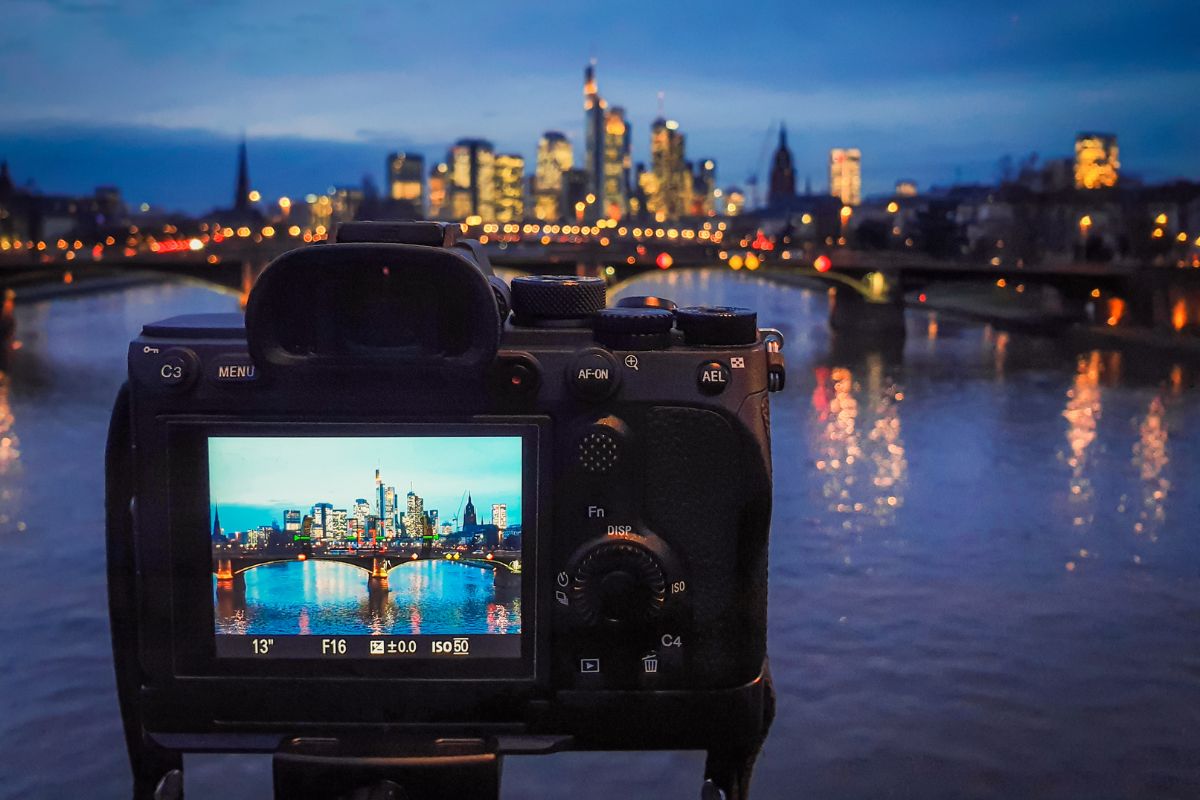Photography Basics: Understanding Aperture, Shutter Speed, and ISO

What are the best camera settings for portraits? All sorts of numbers and modes appearing in the viewfinders of cameras can easily intimidate newbie photographers. This aspect may seem complicated, but it is fundamental for high-quality images. Navigating camera settings starts with the three main parameters: aperture, shutter speed, and ISO.
Once you understand how each parameter functions, you will be able to modify your camera confidently. This knowledge ensures you remain flexible and can adapt to different shooting scenarios and creative styles.
In this guide, we break down the main camera settings to make them understandable for novice photographers. We will provide the essential information on how particular settings work and show examples of their creative usage to inspire experiments and diversify your photography portfolio.
Table of Contents
ToggleAperture
What is an aperture in photography? It defines your picture’s overall mood and focus. This parameter refers to how wide the lens opens when you take a photo and is measured in f-numbers. The lower the f-number you set, the wider the aperture.
A small f-number like f/1.8 or f/2.8 ensures a bigger light intake. It softens the background and makes the subject stand out sharply. This effect is usually considered ideal for portraits. A narrow depth of field works especially well in glamorous beauty shots with a dreamy bokeh. Focus on your model’s eyes when working with a narrow field depth. Maintain stability to ensure the sharpness is not shifted to the nose or ears.
The aperture of f/4 or f/5.6 works for styled studio shots. It preserves some essential storytelling components from the background but keeps the focal point sharp. This balance is what makes a good photographer. If you want both your subject and a striking environment, choose f/8. This parameter is great for dramatic cityscapes and street-style images against multicoloured murals.
Shutter Speed
What is shutter speed? It is the amount of time your camera’s sensor is exposed to light. A faster shutter speed freezes motion. A slower shutter speed introduces motion blur. Motion blur is usually considered a challenge to eliminate during post-processing. Experienced photographers can use it creatively for conceptual, abstract, and fine art photos. You should adjust the shutter speed based on the kind of energy and sharpness you want in your images. The longer your lens, the faster your shutter speed should be. If you are shooting at 85mm, aim for 1/85s or faster. Otherwise, you will need post-shot sharpening.
Classic portraiture and professional headshots require a shutter speed of at least 1/200s. It keeps your image sharp and crisp even in case of slight movements. Dynamic poses, like someone flipping their hair or twirling in a dress for a creative editorial look, require increasing this parameter to 1/400s or more.
As we mentioned, motion blur may be deliberate to add more artistic flair. Sometimes, a dancer’s long sweep or a romantic slow-motion photo in the rain will create opportunities to experiment with even slower shutter speeds, such as 1/30s. In these cases, use a tripod and remote shutter release. They will prevent camera shake and ensure maximal stability. A RAW image editor will let you sharpen the most important details post-shot, keeping the blur intended and controlled.
ISO
What does ISO mean? It is the parameter that controls how sensitive your camera is to available light. Properly balanced light sensitivity determines your picture’s clarity. Adjust the aperture and shutter speed first, then tweak the ISO to fine-tune the exposure. A low ISO (like 100 or 200) keeps your image crisp and free of grain, while a high ISO (like 1600 or above) can help you make the most of dimly lit shooting environments.
ISO 100–200 is perfect for outdoor pictures in bright daylight. However, for a bookstore session or a moody kitchen scene, you will likely need to readjust your settings. ISO 800–1000 will let you expose your subject indoors without slowing down the shutter speed and risking introducing unwanted blur.
Dramatic low-light photos, such as neon-lit night scenes or candlelight portraits, will shine bright (literally) with ISO 1600–3200. However, ensure your camera handles high ISO well. Otherwise, you will have to reduce digital noise (grain) in post-processing software.
Conclusion
Familiarising yourself with basic camera settings like aperture, shutter speed, and ISO is the first step toward mastering perfect shots. These three simple tools let you shape light, control focus, and build the mood according to your preferred style and genre. Setting the camera goes far beyond sticking to particular fixed numerical parameters. It means adjusting to the scene, subject, and creative goal. Every small decision can make your photos more powerful and expressive. Experiment, review your shots carefully, and feel free to break the rules once you understand them. Strong technical skills make creativity easier, and now you have the foundation to make every portrait look exactly how you envision it.
Published by Chloe Jhonson
With over 5 years of experience in content creation, I specialize in crafting engaging posts across various topics — from fashion, lifestyle, business & tech. Join me as I share insights & ideas to inspire your journey! View more posts







